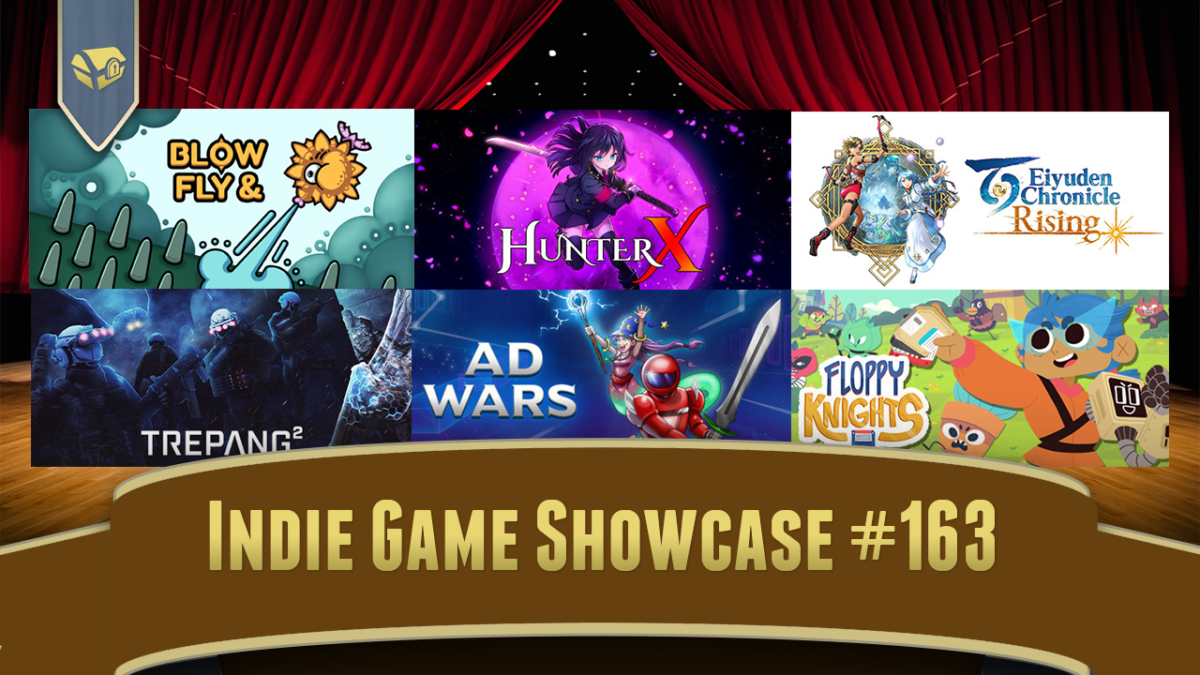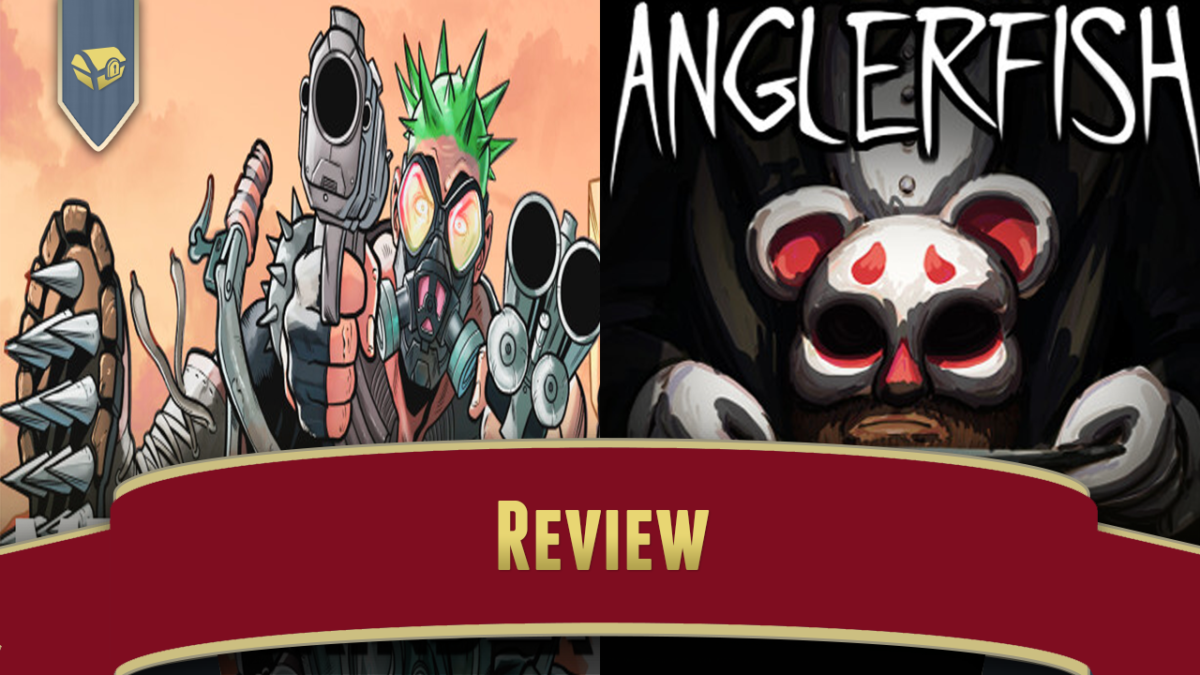Found on this site (where you should watch it for the full effect). Here’s just the video:
Year: 2023
Scrapped Playable Peach in Super Mario 64 DS
Wonderful Mario obscurity blog Supper Mario Broth recently posted about evidence found in the cart for a playable Princess Peach in the Mario 64 remake for the Nintendo DS. Incomplete, slightly broken animations for Peach were found in the game’s data.

The original post shows the animations in motion, which includes some glitchy movement in her right arm. Maybe she was meant to hold something in it?
Sonic 2 vs Sonic CD
It’s certainly not an eternal question, but for classic game-players (I try to avoid the word gamer, ugh) it’s still a very good question: which is better, Sonic the Hedgehog 2, or Sonic the Hedgehog CD?
It’s a good enough question that even though Youtuber kiro talks’s video about the differences between them has several common things about to that I ordinarily consider flaws, that would ordinarily cause me to think not to link to it (especially its editing, its length, being drawn out, and asking leading questions), the question, and its answers, are useful enough that I’m linking to it anyway.
Because it’s really instructive to view the differences in design between the American and Japanese Sonic sequels! Yuji Naka helmed the American sequel, Sonic 2, but headed a team made largely of Americans, and although a lot of Western-made games for console Japanese consoles are bad, Sonic 2 is legitimately great! Meanwhile, IMO of course, Sonic CD has some interesting ideas and great moments (the time travel mechanic could have been awesome) but its level design is a bit lacking.
Not to seem either jingoistic, or its opposite, but it isn’t often that a mostly-American team from that time could show up a Japanese team on largely equal footing, and this is one time that it happened. But both games are very playable, and the differences are instructive of some fundamental differences in approach.
Sega was going through some internal strife at the time, which became more and more prominent in the later days of the Mega Drive/Genesis and especially in the Saturn era, and it could be argued that it meant that, while I believe the strife was largely over in the Dreamcast era, the company wasn’t in the place it could have been by that point, and it may have contributed to the system’s failure by its output not being strong enough to challenge the Playstation 2.
When Japan & America Made Different Sonic Sequels (Youtube, 21 minutes)
Indie Game Showcase 6/15/23
The indie showcases highlight the many indie games I cover on my Wednesday night streams. All games shown are either press keys or demo build plays.
0:00 Intro
00:15 Blow & Fly
1:34 Hunter X
3:02 Eiyuden Chronicle Rising
5:19 Trepang 2
7:53 Ad Wars
9:53 Floppy Knights

Owner of Game Wisdom with more than a decade of experience writing and talking about game design and the industry. I’m also the author of the “Game Design Deep Dive” series and “20 Essential Games to Study”
Arcade Mermaid: Hole Land
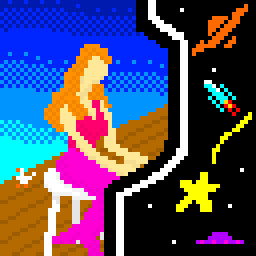
Arcade Mermaid is our classic arcade weirdness and obscurity column! Frequently (no promises) we aim to bring you an interesting and odd arcade game to wonder at.
It’s been awhile since the Merm has brought us something weird and fun to look at, and wow, this one’s really weird.
To get us started, you are free to interpret this as either a warning, a promise, or a money-back guarantee, but you should know going in that this is a journey that ends with this upstanding member of the community right here:
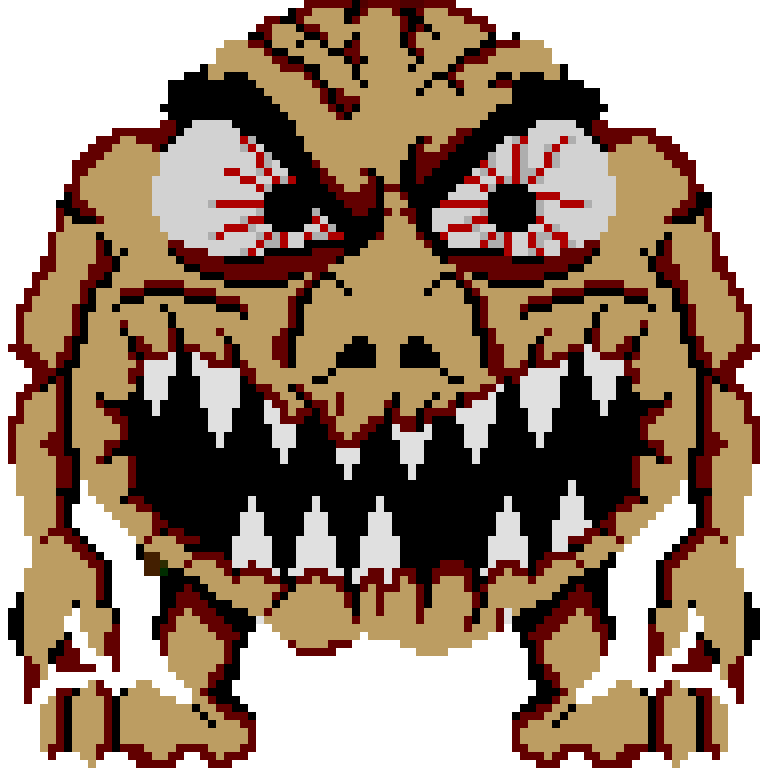
They’re a stunner, aren’t they? And they live for the great taste of robots. But let’s start from the beginning.

Hole Land is a shooter, and apparently the only game made by the Spanish company Tecfri. Wikipedia tells us it was only released in Japan, possibly because it came out in 1984, and the arcade scene in the US was falling apart.
Consider for a moment the concept. Hole Land. Land of Holes. Certainly a theme that bears contemplation. It seems that you are an invader to this land, a gaily-colored robot that runs back and forth across the bottom of the screen, that shoots upward at a horde of adorably, and understandably, angry monsters of various sorts, in order to claim it away for things that aren’t monsters, or holes.
The land itself is against you: volcanoes in the background launch rocks at your droid with suspicious accuracy, and the monsters throw bombs down at it. Getting hit by projectiles doesn’t destroy your ‘bot, it just disables it for a few seconds. A little guy runs on-screen to fix your problem and allow you to resume blasting after a short delay. If a rock hits you, it smashes your head down into your torso, and you have to push the fire button rapidly to decrush yourself.
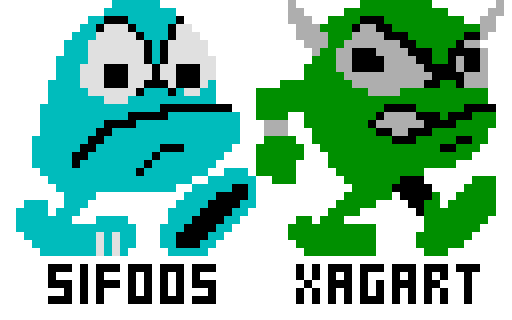
The game consists of three boards, that cycle. In board one, the monsters (called “Silfoos”es and “Xagart”s) all run down from the top of the screen. Because it’s a classic-era arcade game, they have a odd system to their attack: They wind their way down in a curious way, akin to the Centipede, moving all the way to one side, dropping a levels, then taking another horizontal pass.
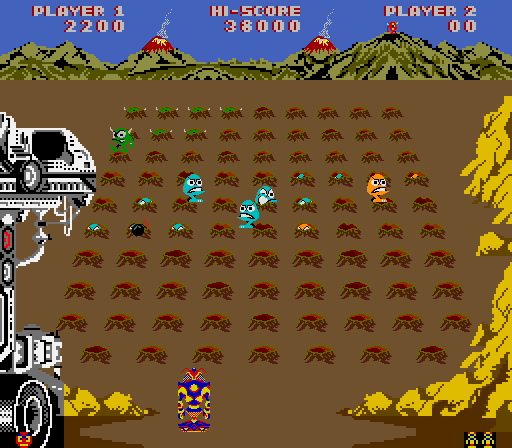
This gives you many opportunities to shoot them, but they’re a little cleverer than the standard video game oppono-target: they duck into the holes repeatedly as they pass, and your shots will miss if they’re in a hole, which is often. They’re also smart enough to stay in a hole if you keep shooting at it while it’s hidden. While they make a horizontal trip across the grid, if you hit the lead monster of a line, it causes the others to reverse direction, which may be good or bad depending on how far they’ve gotten. Unless the wave is almost over: then they progress to the bottom of the grid for a pass, then, as if dissatisfied that you haven’t killed them yet, sprint across one more time without even bothering with the holes.
If, after so many opportunities, you still haven’t fried one of them, it’ll take a run across the screen on your level. Your robot is blessed with the power of jumping, and you must leap over it to avoid losing a life.

The problems though are: you’re probably focused on shooting at its associates still falling, or dodging the bombs they throw or rocks from the volcanoes from the top of the screen, or if you’ve been hit you might not be able to jump it. If multiple monsters made it through it might not even be possible to leap over them all. If you don’t make it over a monster, it knocks the robot’s bottom half off, a type of damage your mechanical assistant seems unable to repair, so scratch one life. Helpfully, if you’ve already made it far into the wave when that happens, the game will advance you to the next level as a consolation.
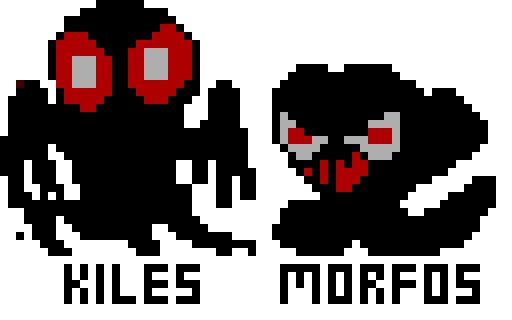
Those bombs and rocks, from the monsters and volcanoes, are your biggest problems. They fall down with great speed, and bounce around too, and if one hits you when the monsters are low enough on the screen the chances are slim you’ll get repaired before one of them uses your lower half as a kickball. Despite all the chances that the monsters give you to shoot them, Hole Land is a dangerous place, and it took several tries for me to get through even the first three screens.
The second board is similar to the first. The monsters are “Kiles” and “Morfos” for some reason. The screen is a lot darker, making it harder to see the monsters and the bombs that fall down.

But then comes the third board, where the game changes up a lot. Now the grid of holes is gone, replaced by a few scattered openings, but dominated by a big imposing crater at the top of the screen. There’s some more new monsters, “Microons,” and some unnamed colleagues that I assume are also Microonian. They don’t hide in the holes, but instead parade around the screen in Galaga-like patterns, giving you a good chance to plug them as they pass by.
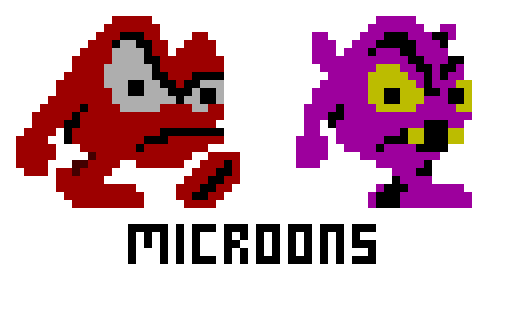
Sometimes they run straight down at you on their last pass, to try to overwhelm your gun before you can incinerate their monsterly asses.
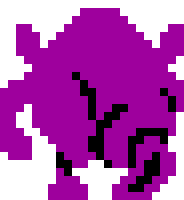
On this level there are also little rat creatures that hide in the holes, waiting for the end of the level where the run in from the wings for their one pass at tearing up your droid. And there are spiders that hang down from threads, that can’t be shot, and will hold your robot in place for a few seconds if they touch you.
But all this is just in preparation for the main event: their boss.
In 1984 boss monsters were not yet in vogue, yet Hole Land certainly has a memorable one.
It’s not named in the game’s intro. I have put some effort into trying to come up with a suitable name. I thought of Testicules, rhymes with Hercules, but it looks like it’d be pronounced like “molecules.” Gonad Man is a possibility, but it’s obviously not a man; it may not even be male, technically, but Gonad Person doesn’t have the same ring. Scrotor has already been used by Mystery Science Theater 3000. As a brainstorming exercise, and for your own entertainment, I invite you to come up with your own name for this globular goblin.
Whatever its name, once it has emerged from its Hole, the fight is on. It advances straight down, slowly. Your job is to shoot out its jagged, pointy teeth, one by one. It feels like it takes multiple hits each, but in fact each tooth takes only one shot. It just has to hit it dead on; shots that don’t strike a tooth right in its middle have no effect. You also must knock out all of its lower teeth, every one, before any hits to upper teeth will register.
While you’re blasting away, it’s ominously stomping its way down towards you, KA-WUMP KA-WUMP, following your movements with its bloodshot eyes, and throwing rocks from its hands. It’s aim isn’t good, it can only really throw straight down or at specific angles to the left and right, but it can throw from either hand, and as it gets menacingly closer its rocks get harder to avoid. Hits don’t damage or destroy your robot, but they do knock it away, making you have to scramble back over to get in more shots, but likely getting back just in time to be hit by the next rock.
If it gets all the way down, it stomps to the side to catch your robot, then it eats it, its hands working with the effort of crunching it to bits:
But the best part is if you succeed in shooting out all of its teeth. While your robot jumps around in inane joy, your now toothless foe sits, defeated and sad. While it might be a grotesque testicle monster from out of a giant hole in the ground, it’s gracious in failure and acknowledges your accomplishment, with a synthesized voice no less. Civility is not dead in Hole Land!
Here is my playthrough, if you’re curious what this all looks like in action:
Better yet, you could have a look at this video from classic gaming Youtuber Zerst, who hosts plays of lots of obscure and bizarre old arcade games and whose channel was where I first found out about it, and who made it through all five difficulty levels. There is no ending other than the Congratulations screen at the end of each level; it probably cycles endlessly from there.
I don’t know if I could add much more about it than this. It’s very hard, it’s difficult knocking out all of the boss monster’s teeth before it eats you, and on later levels the volcanoes’ rock deluge is incessant. But they really don’t make them like this any more. The time window for the making of this kind of crazy arcade game was pitifully short. Even relatively simple games take so much time and person-power to construct that, unless one’s just doing it as a hobby, willfully chasing bizarre concepts will probably turn away most of the gaming public, and that’s a shame.
Well, that’s all on this one. I bid you all a fond farewell, coming from the Land of Holes!
On One Of Our Tears of the Kingdom Videos
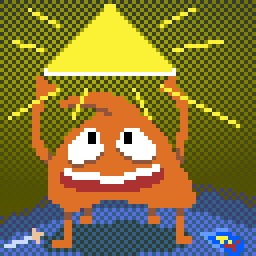
The world is a weird place.
Last week, our minor character Röq (pictured left), a barely disguised excuse to post Legend of Zelda: Tears of the Kingdom content on our blog, made a video about something that happened to them in the game. They posted it to Youtube. That video is embedded below:
They made a post containing it. The video itself is ten seconds long. It’s good for a few laughs. I’m going to drop character now, Röq is, after all, just me pretending.
Well, we keep getting comments on that video. It’s weird. So I went in and checked its view count.
The video has over 131,000 views on Youtube. Dear holy frog!

A couple of other posts have 4K and 11K views respectively. I guess there’s just a huge demand for Tears of the Kingdom meme posts right now? The odd one out is the Fish Songs video, about Marot, a Zora who “sings” the same “song” in her dialogue in both Breath of the Wild and Tears of the Kingdom, that video only has like 20-or-so views. There’s no accounting for musical taste.
Interesting information! If you have a video on Youtube that gets over 100,000 views, even though it has ads, and monetization isn’t available to you, what you receive is exactly bupkis.
There’s such a demand that I mused about going all-in on TotK memes, and… eh, I’m good? I’m not really a meme kind of person? I find all the jokes about Rauru trolling Link in the comments to be kind of tiresome? I’m not mad or upset at all, I’m just kind of numb to it. I’m glad people think its funny, but I feel like playing to this crowd is a dead-end for me. I’m not going to stop making videos, far from it, but there’s as good a chance it’ll be another post about something like Marot (who I adore).
If you’re reading this blog from the URL in the video comments: hello! Welcome to Set Side B! I work very hard to make daily posts about gaming matters. We have extensive archives on many topics. If you read us long enough you will find many strange and interesting things. Thanks for visiting!
Grimace’s Birthday, for Gameboy Color

All the gaming bigsites have been talking about Grimace’s Birthday, a promotional Gameboy Color game sponsored by McDonalds and made by Krool Toys. Here it is on IGN, and here it is on Kotaku. And, here it is on Gizmodo, and here it is on Retro Dodo.
AND, here it is on Boing Boing (still exists in 2023!), and here it is on Destructoid.
AND ALSO, here it is on Gamespot. And the mandatory ResetEra thread.
TOO, GoNintendo, NintendoWire, GameRant, KnowYourMeme (already??), MSN (also still exists) and (groan) Ycombinator.

Ars Technica linked to it as well. I love their title. It reads, “For reasons no one can fathom, McDonald’s has released a new Game Boy Color game.” Well, I think I know why. It’s an advergame. Judging by how many websites have stories about it, I think the why is freaking obvious. It’s so obvious that I would be surprised if an ad agency weren’t behind this flurry of interest by half the bigweb.
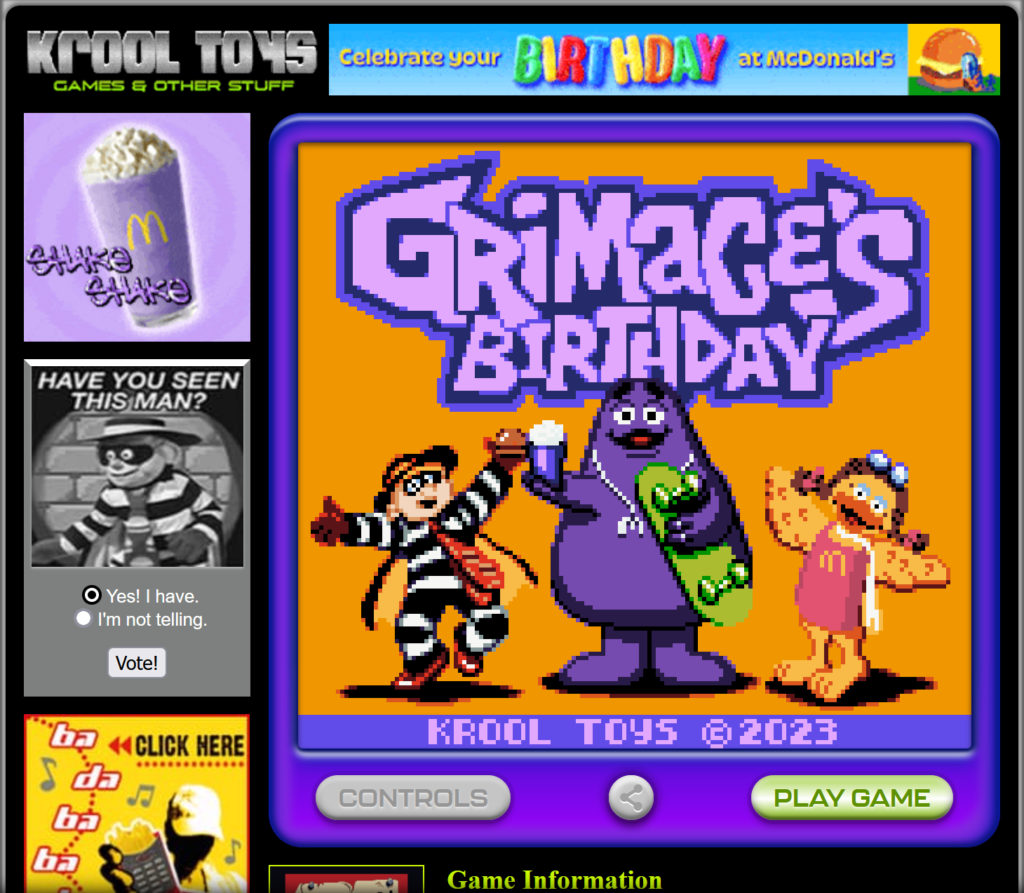
Some notes. I’ve seen people say it’s the first “official” Gameboy Color game since the system died. I suppose that’s true, but that’s really tricky language. It’s official in that McDonalds sponsored it, and it uses the McDonaldland characters with their blessing. It’s not official in that it’s supported by Nintendo. It doesn’t have the “Official Nintendo Seal,” and it’s not being released on physical media. Although it was made as a Gameboy Color rom, and can be played on actual hardware using a flashcart or if someone put it on chips (in such a way as to get past Nintendo’s hardware check) and made a cartridge of it, but nearly everyone will play this as a webgame, on maker Krool Toys’ website.

(Why the bay, take a look at the site design on both of those pages, they’re totally earlyweb relics! I am not complaining; in fact, I love them fiercely. Do not get between me and those sites!)
All of this is of course part of McDonalds’ promotion where they’re cerebrating the Grimace’s birthday, an affair that involves purple milkshakes. In a whole post of surprising revelations, the biggest one is that they remember they have McDonaldland characters to begin with, as they’ve been gathering dust for over a decade.
Anyway, it’s not a bad game. It’s mostly interesting for the novelty value. It won’t win any rewards, but it’s a perfect ordinary timed GBC inertial platformer. It’s mostly notable for McDonalds’ temerity in sponsoring it, but I suppose Nintendo doesn’t much care anymore about the integrity of their (oh frog) twenty-five year old hardware’s library.
Boo the hey: no one paid us for this post, but we’re not against making thousands of dollars. McDonalds, call us.

Anglerfish and Meatgrinder Double Review
This is a double review of Meatgrinder and Anglerfish played with a press key and retail key respectively.
- 0:00 Intro
- 00:16 Meatgrinder
- 2:55 Anglerfish

Owner of Game Wisdom with more than a decade of experience writing and talking about game design and the industry. I’m also the author of the “Game Design Deep Dive” series and “20 Essential Games to Study”
Frightened Ghosts in Pac-Man: Where Do They Go?
Retro Game Mechanics Explained generally does interesting videos, I find. The details on how the ghosts (monsters) in Pac-Man behave when dangerous are fairly well understood now, thanks to the work of Jamey Pittman in writing The Pac-Man Dossier. RGMEx did a summary video of that work three years ago.
The question of how vulnerable ghosts move, after Pac-Man has eaten a Power Pellet (Energizer), isn’t covered in as much detail. It’s still as accurate as the rest of the information in the document, but its implications are left for the reader to explore. Well, RGMEx has explored it.
Vulnerable ghosts move pseudo-randomly, through an interesting process. The game has a RNG (random number generator) that’s reset at the start of every level, that cycles through a period of 8,192 values. Vulnerable ghost movement is the only thing in the game that it’s used for, but it isn’t applied directly. Instead, it’s used as a pointer into the game’s own code, and the value of the address it finds is used to determine how the ghost moves.
A result of this is that not all directions are chosen equally. But further, and more importantly, if the direction chosen isn’t available, the ghost tries the next direction in a clockwise order. If that one’s not possible, it tries the next, until it finds one that works.
These two facts combine to give a definite bias to the directions that frightened ghosts move. Retro Game Mechanics Explained then ran the numbers and figured out where scared ghosts tend to go. It’s interesting, even slightly useful, information.
The Last UmJammer Lammy Now Arcade Machine
News flash: there is one UmJammer Lammy Now arcade machine remaining in the world!
News flash: by the way, there used to be an UmJammer Lammy arcade machine!
The news of both comes to us from the account of Youtuber UnEricYockey (12 minutes), in the form of a short documentary on the game’s history and, due to poor performance on location test, what is probably its sole surviving unit:
We recently posted about Rodney Greenblat’s early obscure Playstation title Dazzeloids, made a year or two before his and Nana-On Sha’s breakout hit Parappa the Rapper. Parappa became something of a media franchise, spawning a much-overdue sequel on the Playstation 4 and an anime series. UmJammer Lammy was Parappa’s original sequel, that brought the same kind of call-and-response gameplay to guitars.
UmJammer Lammy starred Lammy, an insecure young lamb and front-woman for the band Milkcan, who becomes a rock goddess when a guitar is in her hands. Play structure is similar to Parappa, giving the player a series of increasingly unlikely situations that they have to escape somehow by playing music: a dream, putting out a fire, taking care of babies, flying an airplane, making a chainsaw sculpture, and escaping Hell itself (or, getting off an island, in overseas versions), before ending with the most dire situation of all: a public performance in front of a stadium full of people. Yikes! You can do it Lammy!
Production values were a bit less than Parappa, but Lammy and her friends were, indeed are, still engaging and wonderful, and the PS1 game is worth giving a try if you’re at all a fan of Parappa and his world. You can play as Parappa in an unlockable mode after you win, and all of the game’s tracks were mixed as funky remakes! Sadly I can tell you that Parappa’s lines had nowhere near as much flow as they did in his first game, but speaking as one of the few US players who bought a copy of UmJammer Lammy, jamming with her is a great time.
That should be enough information on Lammy’s game. But, how did UmJammerLammy Now come about? The video tells us that the Namco System 12 arcade board is pretty much an original Playstation in an arcade format, and Namco wanted to get some games in Japanese arcades quickly to compete with Konami’s rhythm game dominance.
While the gameplay of the arcade version is similar to the PS1 edition, there are some notable differences, including a surprising number of extra cutscenes featuring the various business ventures of Joe Chin, the antagonist of Parappa the Rapper. The arcade game has been dumped for preservation purposes, and all of its cutscenes are demonstrated in a Youtube video, also on UmEricYockey’s channel (23 minutes):
There’s so much weird Parappa lore in this weird and obscure arcade game! And Lammy’s crippling social anxiety truly makes her a heroine for our age.
Found the last Um Jammer Lammy NOW! (Youtube, 12 minutes)
Um Jammer Lammy NOW!- 4K Arcade Cutscenes & Attract Sequence (Youtube, 23 minutes)

